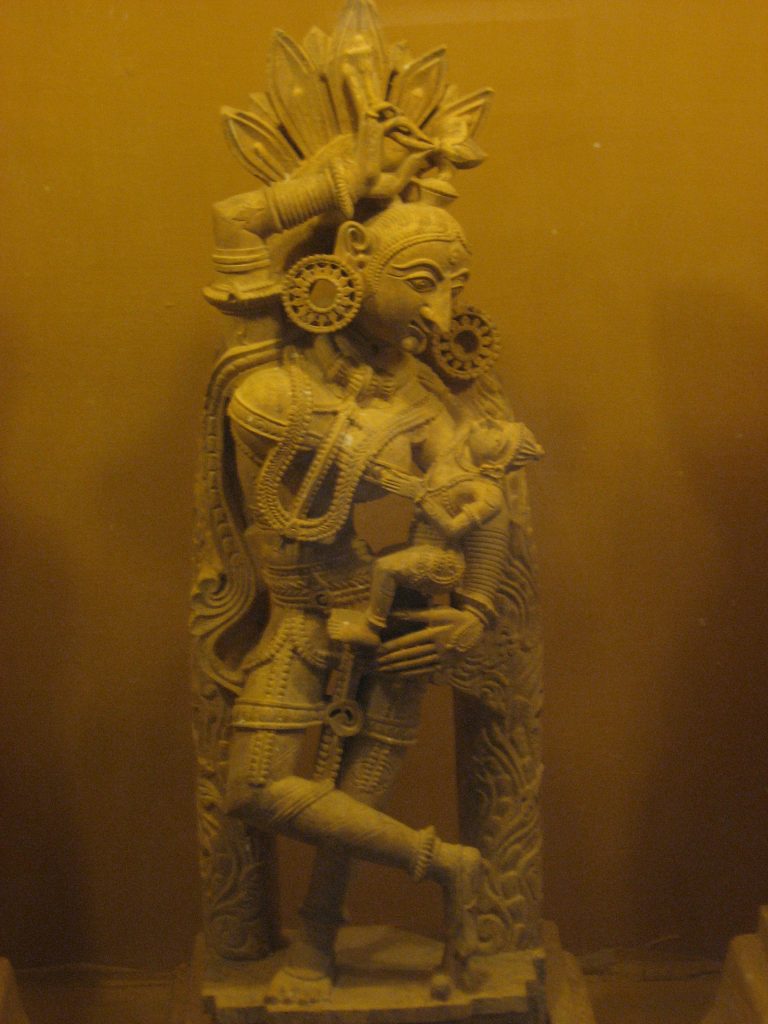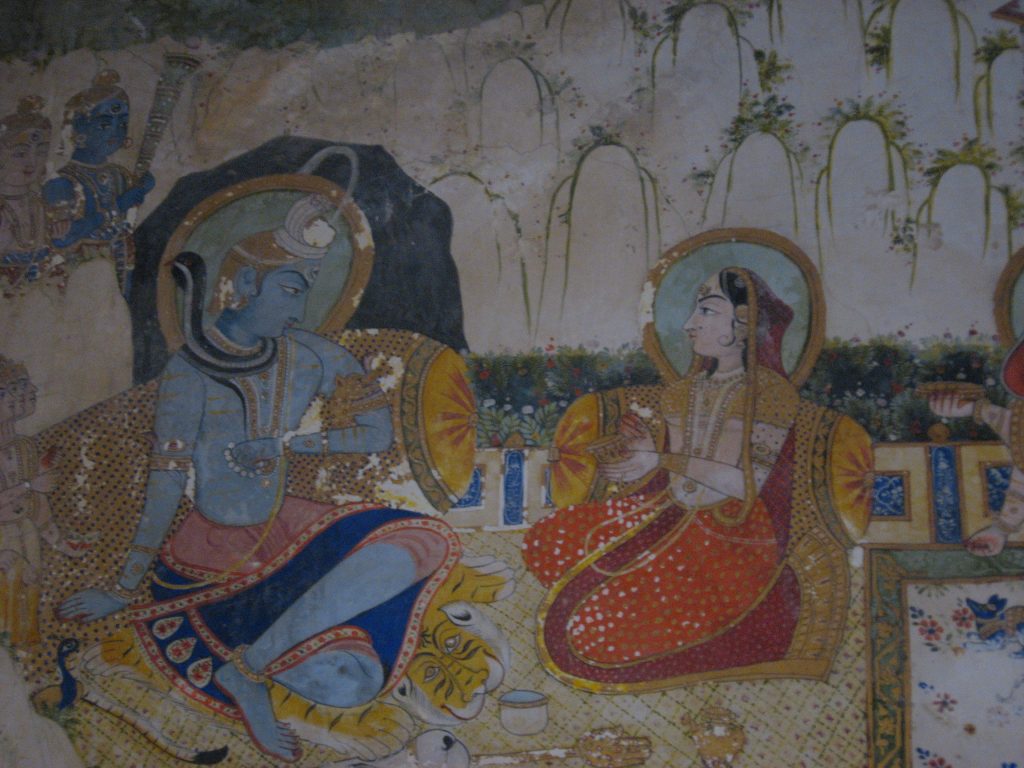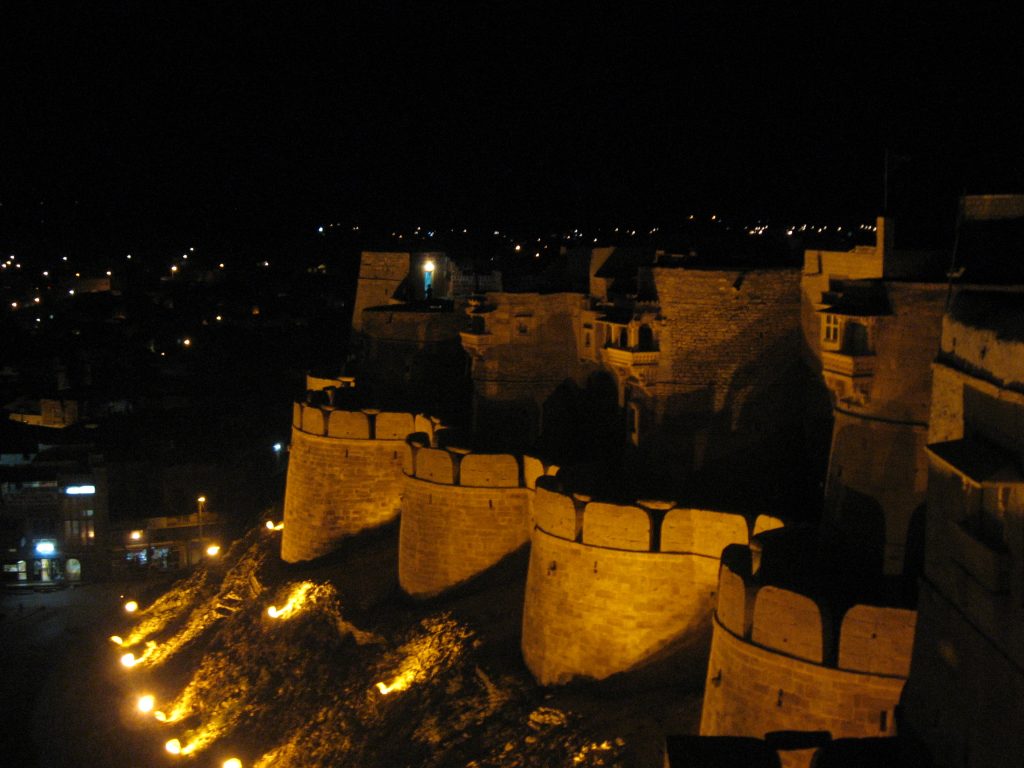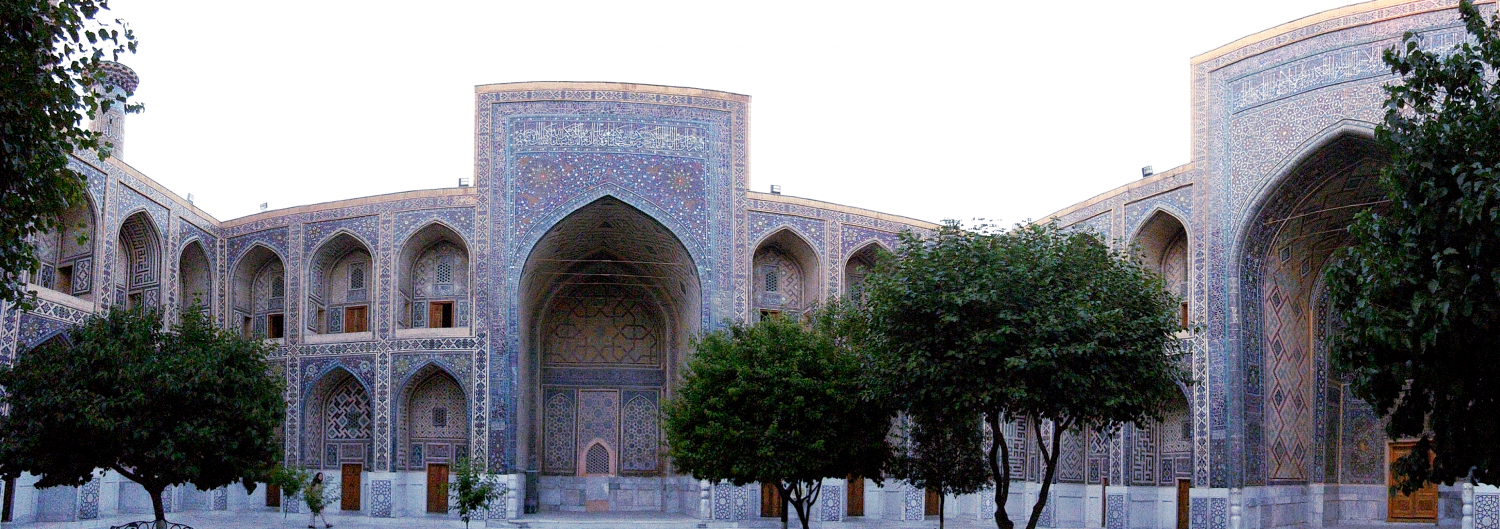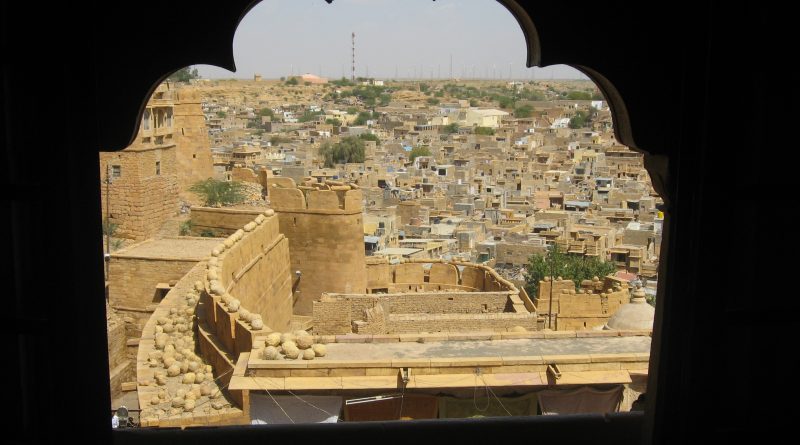Patwon Ki Haveli in Jaisalmer
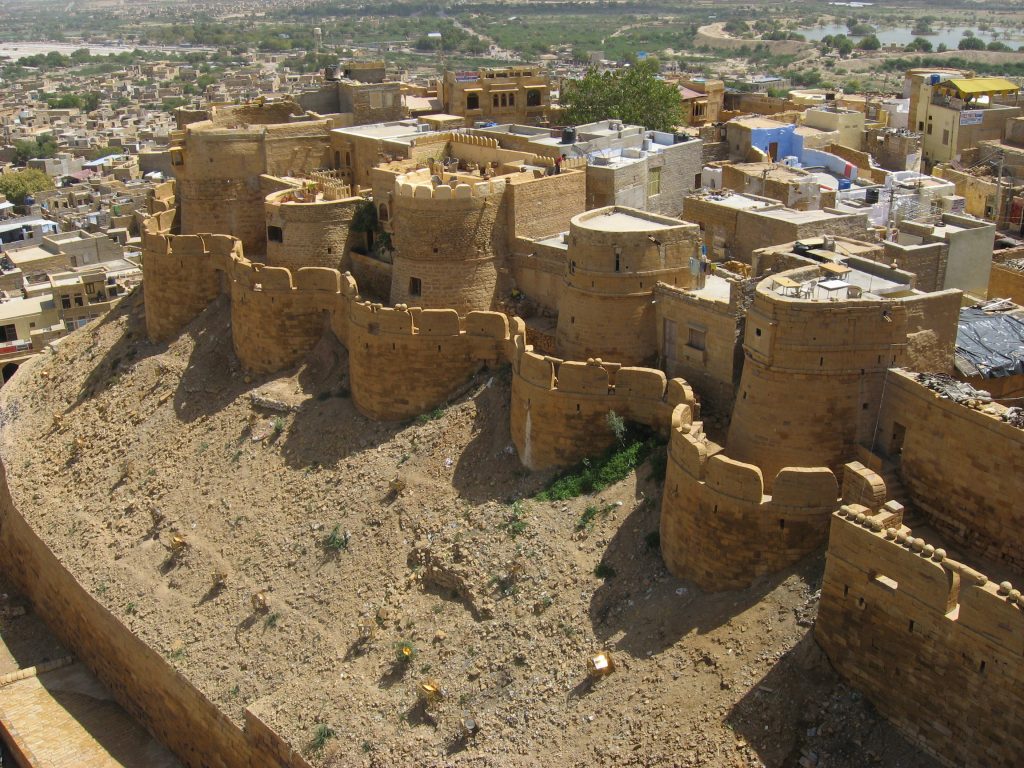
Inside the Gold Fort of Jaisalmer
Through the maze of narrow streets we get lost once more, skirting the low ocher walls on which, in some hidden spots, we can climb. The curves of the towers are a golden crown placed around the ancient heart of Jaisalmer.
A boy rests in the shade of a sycamore tree, while his sheep graze on top of the wall clearing the restricted passage from the weeds. The bells of the temples resound in the distance; it is a precious moment to feel like a fiber in communion with the Whole.
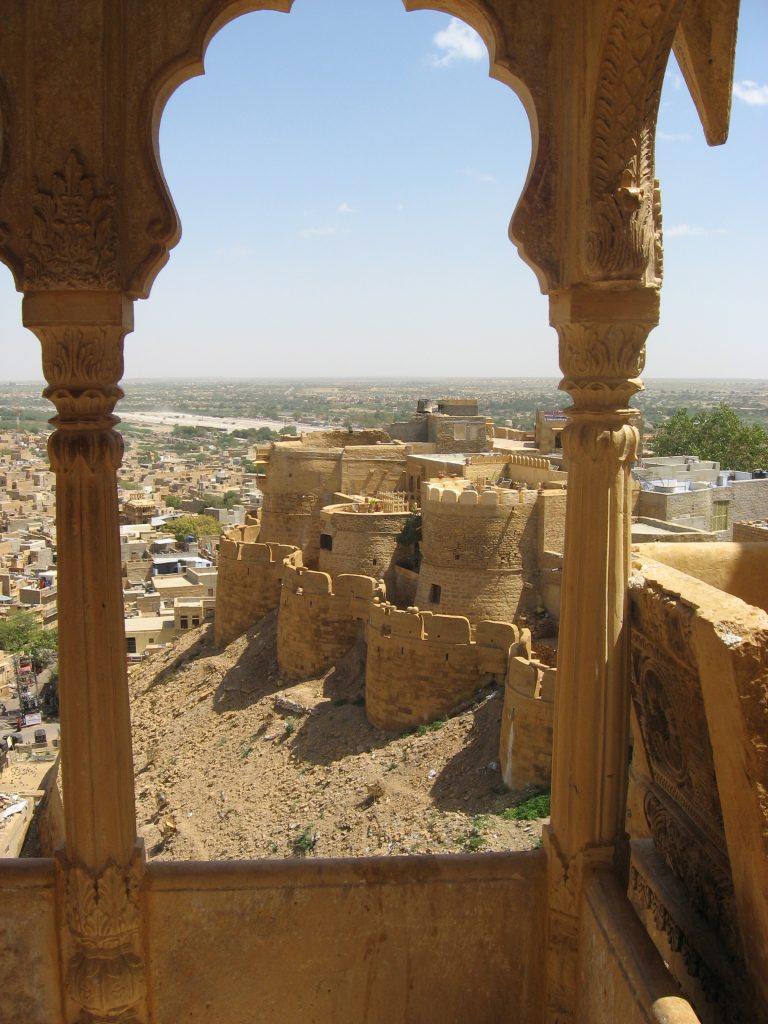
The Jaisalmer Fort, a UNESCO heritage site, is one of the largest in the world, with its dimensions (460 meters long x 230 meters wide); placed on a hill 76 meters high, with a double defensive wall system, 4.6 meters high.
It owes its construction to Rawal Jaisal, from which it takes its name, ruler of the twelfth century. Subsequent interventions were numerous, such as the reinforcement by King Jetsi in the 13th century with the 56 bastions erected to defend against repeated attacks by the Sultan of Delhi up to the 99 bastions of the 17th century.
Also here the Mughals arrive, who attack the Fort several times, until when the ruler of the moment offered to Akbar the hand of his daughter, obtaining peace; but in fact giving the Fort to the Mughals until the 17th century.
The wealth of Jaisalmer is due to its position, a stage along the Silk Road which allows commercial routes from Persia and the Middle East to China. With the advent of the British and the development of maritime trade, Jaisalmer loses its centrality and begins to decline. However, its proximity to Pakistan makes the city still a strategic node in Indian geo-politics.
Visit to the Patwon Ki Haveli
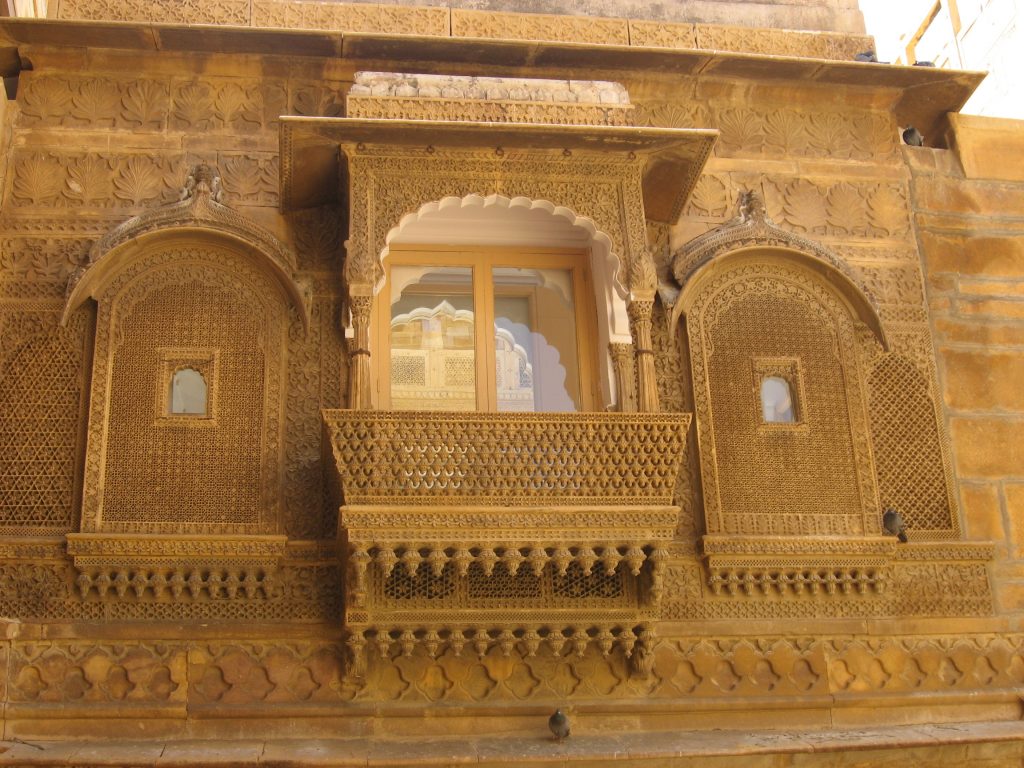
Inside the Fort there are not only to visit craft shops and the Jain temples, but also the Haveli; ancient palaces, mostly from the 19th century, built by wealthy merchants and famous for the Haveli, or balconies closed with intricate decorative carvings, typical of Rajasthan.
We visit the Patwon Ki Haveli, composed of five palaces transformed into a museum where ancient manuscripts, paintings and precious statues of divinities from the medieval to the present day are kept.
The beauty of the Palaces consists of these incredible balconies that wind like one narrow labyrinth on several levels in a play of light, full and empty. Arches and domes decorate the sixty balconies of the complex, from which we admire the historic center, the domes of the temples and the low walls.
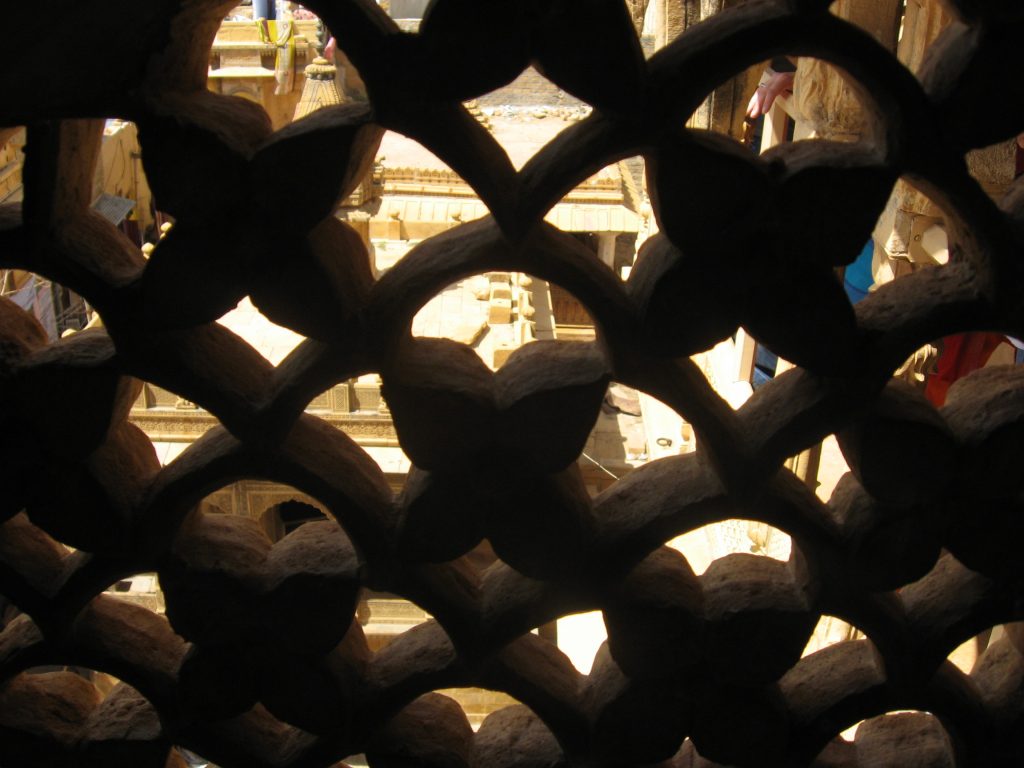
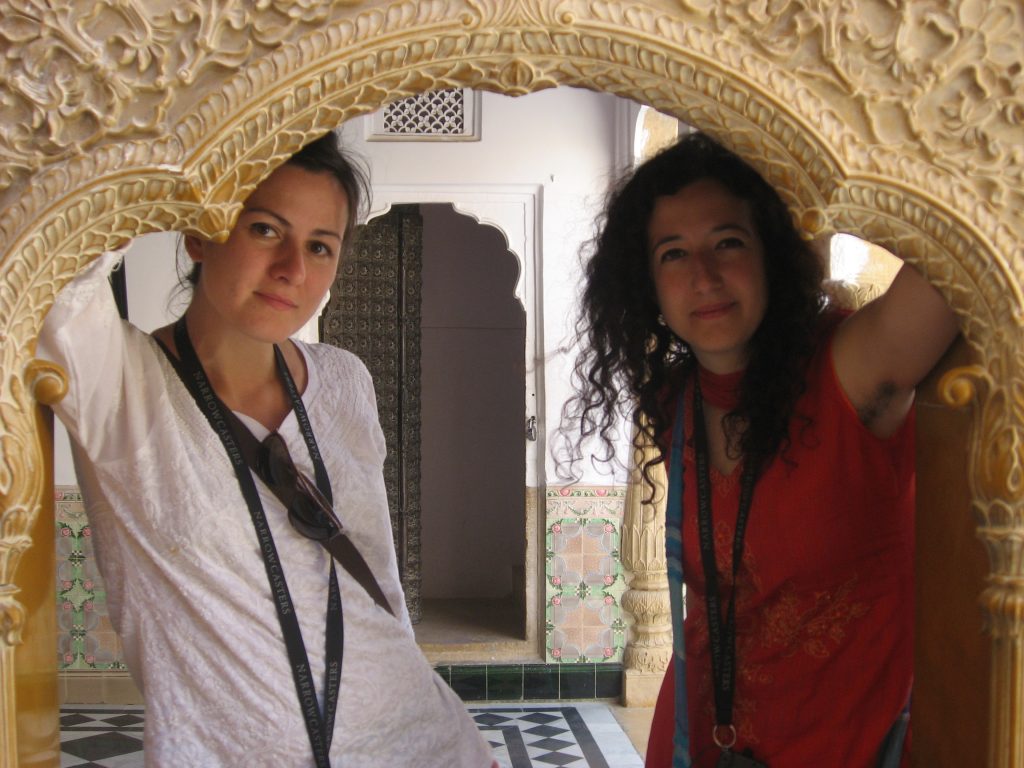
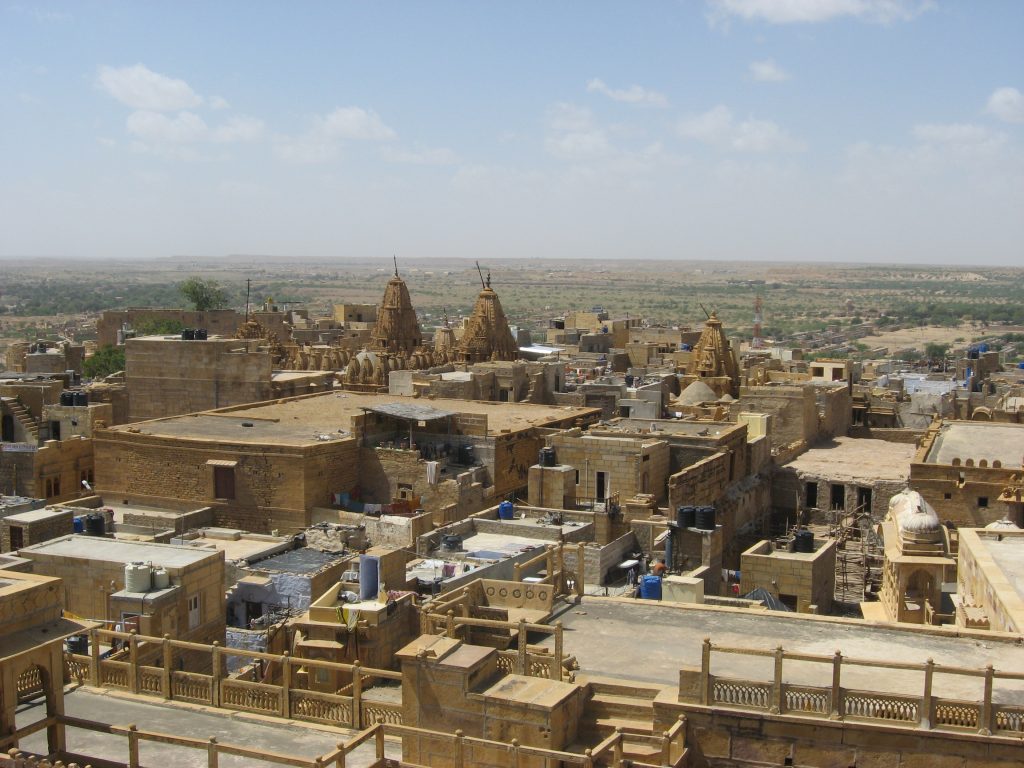
The Kothari Patwa Haveli is the oldest building, built in the early 1800s by the merchant and jeweler Guman Patwa, whose wealth is said to be due to opium traffic. The interior walls and ceilings are decorated with mirrored mosaics, frescoes and intricate carvings made by the expert craftsmen from that period of time.
We admire the sunset over the desert from the privileged point of view: the walls which from the gilded are tinged with brown hues, reflecting the moods of the sky. We find a Nepalese restaurant where we eat moma, the typical ravioli of the town, sitting on a terrace from which we can admire the lights of the city that illuminate the gold of the walls, an image from Thousand and one night.
